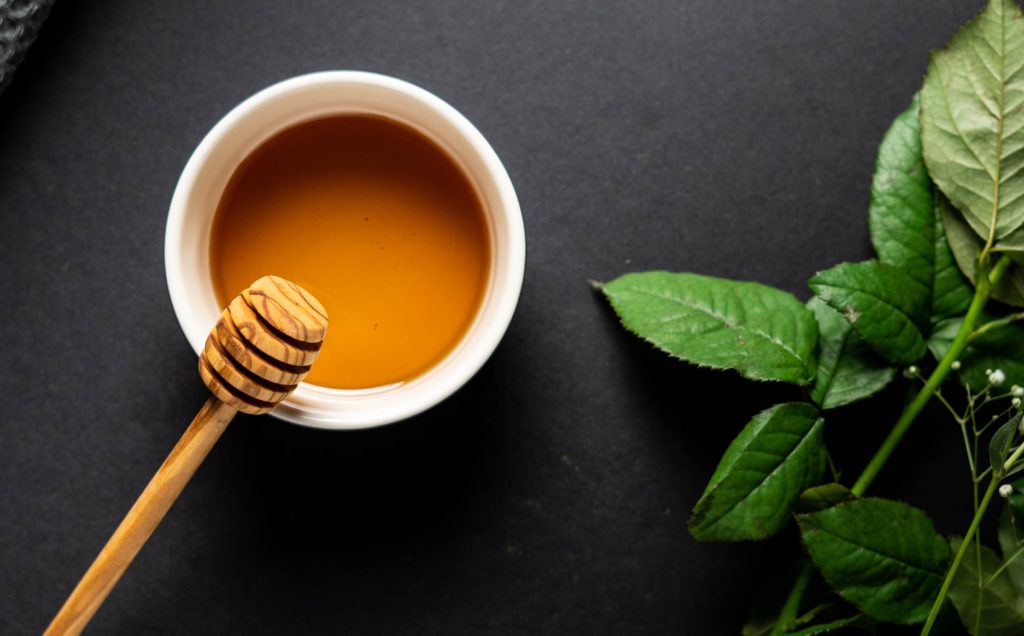Regardless of one’s best intentions to stay well, the dreaded cough, sneeze and sniffle plagues the best of us. The common cold can be uncomfortable and inconvenient but typically resolves on its own in healthy individuals. It is estimated that over 100 million health care visits per year are due to symptoms associated with the common cold. (Eccles, Turner, & Dicpinigaitis, 2016)
Preventative measures continue to be an ongoing discussion amongst healthcare providers, but it is recognized that thorough handwashing remains the number one line of defense (Suner, Oruc, Buke, Ozkaya, & Kitapcioglu, 2017). Unfortunately, we are beginning to see these otherwise benign symptoms develop quicker, linger longer and lead to more complex conditions requiring medical attention, such as sinus infections. Antibiotics remain the preferred course of treatment in conventional medicine, however antibiotic-resistant strains of bacteria are becoming a growing concern. The majority of physicians view antibiotic resistance as a global problem (Labi et al., 2018) and the most commonly prescribed antibiotics are predicted to be ineffective against bacterial strains like E. coli in just 20 years (Rodrigues et al., 2016).
Colds and flus are typically viral in nature but can quickly become breeding grounds for bacteria if the sinuses are unable to drain. Nasal secretions, made up of white blood cells and enzymes, are necessary to trap the infection and carry it out of the body. However, this becomes problematic when secretions become too thick and difficult to expectorate, allowing additional pathogens to complicate the condition. If the infection is viral in nature, there is not much that can be done by means of curative measures. Hot steam from a shower can help loosen secretions and staying well hydrated can help thin the mucus for easier expectoration (Shapiro, 2002). Otherwise, over-the-counter decongestants, pain medications and saline nasal sprays are recommended to relieve symptoms, but do not actually resolve the infection (Infections, 2011).
From a Traditional Chinese Medicine (TCM) perspective, the treatment of ear, nose and throat conditions dates as far back as the Zhou dynasty, where Bian Que (407 – 310 BCE) is credited as the first physician to specialize in otolaryngology (Yap, Pothula, Warner, Akhtar, & Yates, 2009). According to TCM, the most common cause of colds and flus is the “contraction of evil qi through pathogenic invasion” which loosely equates to viral, bacterial or fungal infection (Maciocia, 2005). In addition to pathogenic invasions, unregulated eating and drinking, overwork, and suppressed emotions are all said to influence the onset and severity of the illness. However, the pathogenic invasion is not the only thing to blame. According to TCM, colds and flus are rooted in a weak immune system, known as wei qi, that allows external pathogenic factors to invade the body. If your wei qi is weak, your natural defense system is impaired, and you are much more vulnerable to a pathogenic attack. According to this theory, if two people are exposed to the same virus, the individual with strong wei qi may not get sick, while the one with weakened wei qi will (Flaws & Sionneau, 2005).
The foundation of acupuncture and Chinese medicine is rooted in the ability to provide symptomatic relief while simultaneously addressing the root cause of disease to ensure effective treatment, not just temporary relief. Although ample rest is necessary for a speedy recovery, coming in for an acupuncture treatment when you are sick is a great idea! Depending on your unique symptoms, your TCM provider will choose specific acupuncture points and/or Chinese herbs to fend off pathogenic invasions and strengthen your body’s wei qi, dramatically minimizing the severity and duration of symptoms. This approach is also effective if you are not sick but find yourself surrounded by those who are. (Hello airplanes!) Strengthening your wei qi before you get sick is the ultimate defense during cold and flu season. So whether you’ve had a lingering cough for weeks, just woke up with a sore throat, or your kid just sneezed in your face, come on in to Selby Acupuncture and we’ll take care of you!
(written by Kate Fleming)
References:
Eccles, R., Turner, R. B., & Dicpinigaitis, P. V. (2016). Treatment of Acute Cough Due to the Common Cold: Multi-component, Multi-symptom Therapy is Preferable to Single-Component, Single-Symptom Therapy—A Pro/Con Debate. Lung, 194(1), 15–20. https://doi.org/10.1007/s00408-015-9808-5
Flaws, B., & Sionneau, P. (2005). The Treatment of Modern Western Medical Diseases with Chinese Medicine (2nd ed.). Boulder: Blue Poppy Press.
Infections, S. (2011). Sinus Infections ( Sinusitis ). American Academy of Family Phys, 1–3.
Labi, A.-K., Obeng-Nkrumah, N., Bjerrum, S., Aryee, N. A. A., Ofori-Adjei, Y. A., Yawson, A. E., & Newman, M. J. (2018). Physicians’ knowledge, attitudes, and perceptions concerning antibiotic resistance: a survey in a Ghanaian tertiary care hospital. BMC Health Services Research, 18(1), 126. https://doi.org/10.1186/s12913-018-2899-y
Maciocia, G. (2005). The Foundations fo Chinese Medicine (2nd ed.). Philadelphia: Elsevier.
Rodrigues, W. F., Miguel, C. B., Nogueira, A. P. O., Ueira-Vieira, C., Paulino, T. D. P., Soares, S. D. C., … Oliveira, C. J. (2016). Antibiotic resistance of bacteria involved in urinary infections in Brazil: A cross-sectional and retrospective study. International Journal of Environmental Research and Public Health, 13(9). https://doi.org/10.3390/ijerph13090918
Shapiro, J. (2002). Sinus infection detection. Harv Health Lett, 28(2), 5. https://doi.org/L1202c [pii]
Suner, A., Oruc, O. E., Buke, C., Ozkaya, H. D., & Kitapcioglu, G. (2017). Evaluation of infectious diseases and clinical microbiology specialists’ preferences for hand hygiene: analysis using the multi-attribute utility theory and the analytic hierarchy process methods. BMC Medical Informatics and Decision Making, 17(1), 129. https://doi.org/10.1186/s12911-017-0528-z
Yap, L., Pothula, V. B., Warner, J., Akhtar, S., & Yates, E. (2009). The root and development of otorhinolaryngology in traditional Chinese medicine. European Archives of Oto-Rhino-Laryngology, 266(9), 1353–1359. https://doi.org/10.1007/s00405-009-1041-5
